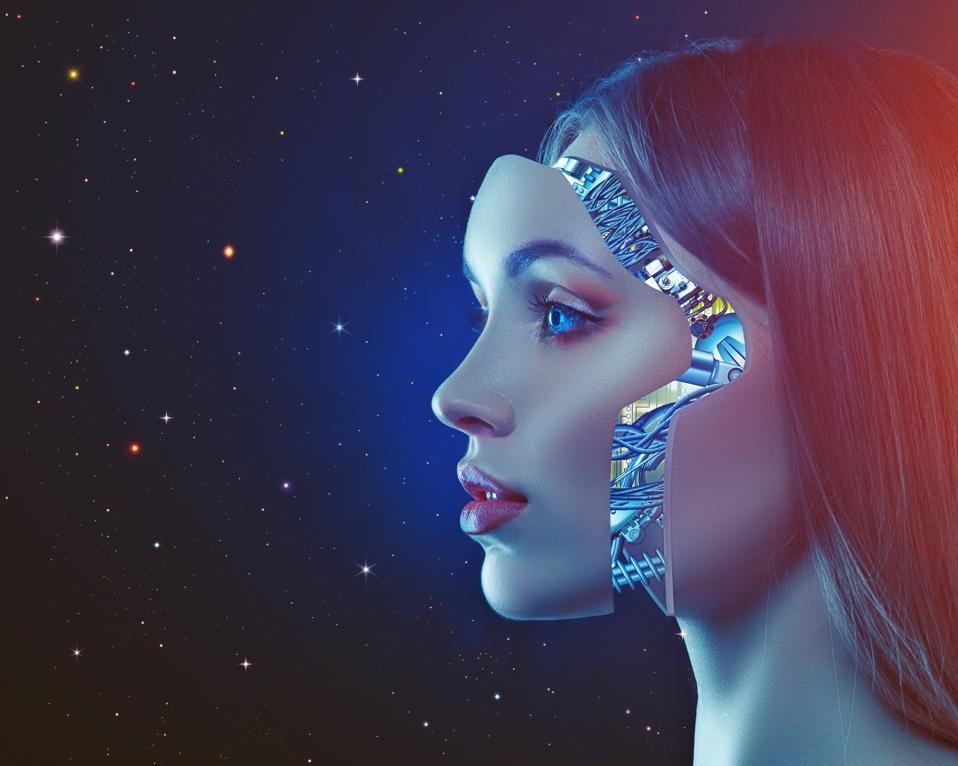The Digital Persona: An Introduction to the Virtual Human

In the rapidly converging worlds of artificial intelligence, computer graphics, and real-time interaction, a new form of digital being is emerging that is blurring the lines between the real and the virtual. This is the era of the Virtual Human, a computer-generated, photorealistic digital character that is designed to look, behave, and interact like a real person. These are not the simple avatars of a video game; they are sophisticated creations, often powered by AI, that can have conversations, express emotions, and serve a variety of roles from brand ambassadors to customer service agents. The immense potential of these digital personas to transform how we interact with technology and with each other is driving significant market growth, with the industry expected to reach a valuation of USD 19.43 billion by 2035, expanding at a strong CAGR of 11.62% during the 2025-2035 forecast period.
At its core, a virtual human is a synthesis of several advanced technologies. The visual aspect is created using cutting-edge 3D computer graphics, often leveraging the same real-time rendering engines used to create blockbuster films and high-end video games. The goal is to achieve photorealism, creating a character that is visually indistinguishable from a real person, complete with realistic skin, hair, and clothing. The behavioral aspect is often driven by a combination of motion capture technology (to create realistic movements) and artificial intelligence. An AI-powered virtual human can understand natural language, access a vast knowledge base to answer questions, and use generative AI to have a dynamic, unscripted conversation with a user, creating a convincing illusion of intelligence and presence.
The applications for virtual humans are vast and are rapidly expanding across a multitude of industries. In marketing and branding, virtual influencers and brand ambassadors are becoming increasingly popular. These completely digital personalities have massive followings on social media and can be controlled by a brand to perfectly embody their desired image. In customer service, AI-powered virtual humans are being deployed as digital concierges in hotels, as greeters in retail stores, or as online customer support agents, providing 24/7 assistance with a human-like touch. In the education and training sectors, they can act as virtual tutors, coaches, or as simulated patients for medical students to practice on, providing a safe and repeatable learning environment.
Ultimately, the goal of the virtual human is to create a more natural, empathetic, and engaging interface between humans and computers. For decades, our primary mode of interaction with technology has been through keyboards, mice, and touchscreens. The virtual human offers a new paradigm: a conversational, face-to-face interaction that taps into our natural human preference for social communication. While the technology is still evolving and raises a host of complex ethical questions, its potential to revolutionize customer service, education, entertainment, and marketing is undeniable, making it one of the most exciting and closely watched areas of technological development today.
Explore Our Latest Trending Reports:
- Monuments historiques
- Restaurant Traditionnel
- التعليم
- Mode
- Formation
- Information
- Restaurant
- culture
- تسويق
- Tourisme
- سياحة
- تنمية
- Découverte
- Art
- Causes
- Crafts
- Dance
- Drinks
- Film
- Fitness
- Food
- الألعاب
- Gardening
- Health
- الرئيسية
- Literature
- Music
- Networking
- أخرى
- Party
- Religion
- Shopping
- Sports
- Theater
- Wellness


